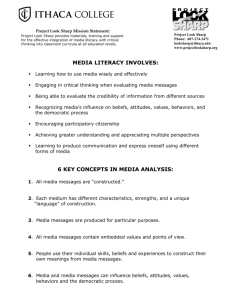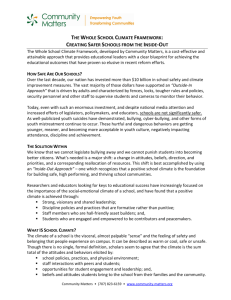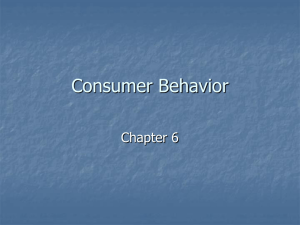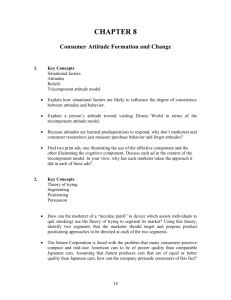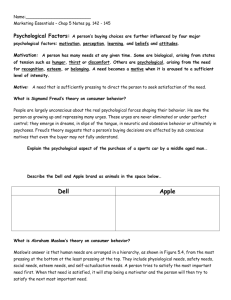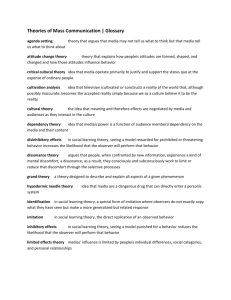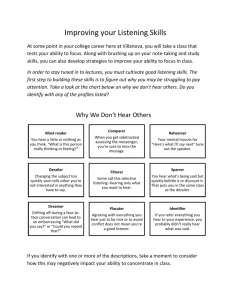Sample questions
advertisement
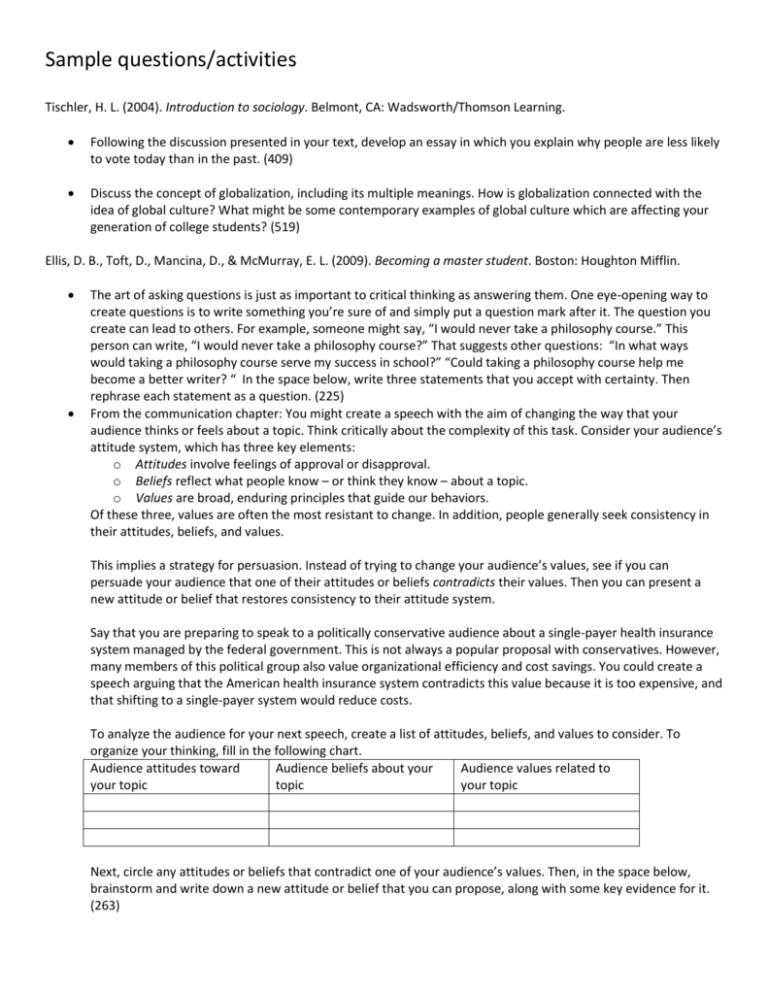
Sample questions/activities Tischler, H. L. (2004). Introduction to sociology. Belmont, CA: Wadsworth/Thomson Learning. Following the discussion presented in your text, develop an essay in which you explain why people are less likely to vote today than in the past. (409) Discuss the concept of globalization, including its multiple meanings. How is globalization connected with the idea of global culture? What might be some contemporary examples of global culture which are affecting your generation of college students? (519) Ellis, D. B., Toft, D., Mancina, D., & McMurray, E. L. (2009). Becoming a master student. Boston: Houghton Mifflin. The art of asking questions is just as important to critical thinking as answering them. One eye-opening way to create questions is to write something you’re sure of and simply put a question mark after it. The question you create can lead to others. For example, someone might say, “I would never take a philosophy course.” This person can write, “I would never take a philosophy course?” That suggests other questions: “In what ways would taking a philosophy course serve my success in school?” “Could taking a philosophy course help me become a better writer? “ In the space below, write three statements that you accept with certainty. Then rephrase each statement as a question. (225) From the communication chapter: You might create a speech with the aim of changing the way that your audience thinks or feels about a topic. Think critically about the complexity of this task. Consider your audience’s attitude system, which has three key elements: o Attitudes involve feelings of approval or disapproval. o Beliefs reflect what people know – or think they know – about a topic. o Values are broad, enduring principles that guide our behaviors. Of these three, values are often the most resistant to change. In addition, people generally seek consistency in their attitudes, beliefs, and values. This implies a strategy for persuasion. Instead of trying to change your audience’s values, see if you can persuade your audience that one of their attitudes or beliefs contradicts their values. Then you can present a new attitude or belief that restores consistency to their attitude system. Say that you are preparing to speak to a politically conservative audience about a single-payer health insurance system managed by the federal government. This is not always a popular proposal with conservatives. However, many members of this political group also value organizational efficiency and cost savings. You could create a speech arguing that the American health insurance system contradicts this value because it is too expensive, and that shifting to a single-payer system would reduce costs. To analyze the audience for your next speech, create a list of attitudes, beliefs, and values to consider. To organize your thinking, fill in the following chart. Audience attitudes toward Audience beliefs about your Audience values related to your topic topic your topic Next, circle any attitudes or beliefs that contradict one of your audience’s values. Then, in the space below, brainstorm and write down a new attitude or belief that you can propose, along with some key evidence for it. (263) Garrison, T. (2001). Oceanography: An invitation to marine science. Australia: Wadsworth-Brooks/Cole. Where did the water of the ocean come from? (183) What parts of the marine environment are hardest hit by human activities? (488) Griffin, R. W. (2008). Management. Boston: Houghton Mifflin. The business world today is increasingly complex and variable, in virtually every country and industry. Thus organizations must become more organic. What are some of the outcomes that companies will experience as they become more organic and less mechanistic? Be sure to include both positive and negative outcomes. (338) Recall a recent group project or task in which you have participated. Explain how members of the group displayed each of the managerial skills.(24) Example of Critical Thinking Instructional Material Ellis, D. B., Toft, D., Mancina, D., & McMurray, E. L. (2009). Becoming a master student. Boston: Houghton Mifflin. Excerpt from “Uncovering Assumptions” Letting assumptions remain in our subconscious can erect barriers to our success. Take the person who says, “I don’t worry about saving money for the future. I think life is meant to be enjoyed today – not later.” This statement rests on at least two assumptions: saving money is not enjoyable, and we can enjoy ourselves only when we’re spending money. It would be no surprise to find out that this person runs out of money near the end of each month and depends on cash advances from high-interest credit cards. She is shielding herself from some ideas that could erase her debt. (218) Excerpt from “Don’t fool yourself: Twelve common mistakes in logic” Begging the question: Speakers and writers “beg the question” when their colorful language glosses over an idea that is unclear or unproven. Consider this statement, Support the American tradition of individual liberty and oppose mandatory seat belt laws! Anyone who makes such a statement “begs” (fails to answer) a key question: Are laws that require drivers to use seat belts actually a violation of individual liberty? (217) Confusing fact and opinion: Facts are statements verified by direct observation or compelling evidence that creates widespread agreement. In recent years, some politicians argued for tax cuts on the grounds that the American economy needed to create more jobs. However, it’s not a fact that tax cuts automatically create more jobs. This statement is almost impossible to verify by direct observation, and there’s evidence against it. (217) Creating a red herring: When hunters want to throw a dog off a trail, they can drag a smoked red herring (or some other food with a strong odor) over the ground in the opposite direction. This distracts the dog, who is fooled into following a false trail. Likewise, people can send our thinking on false trails by raising irrelevant issues. Case in point: In 2006, some people who opposed a presidential campaign by U. S. Senator Barack Obama emphasized his middle name: Hussein. This was an irrelevant attempt to link the senator to Saddam Hussein, the dictator and former ruler of Iraq. (217)

